“Staurogyne repens” has been added to your cart.
View cart -
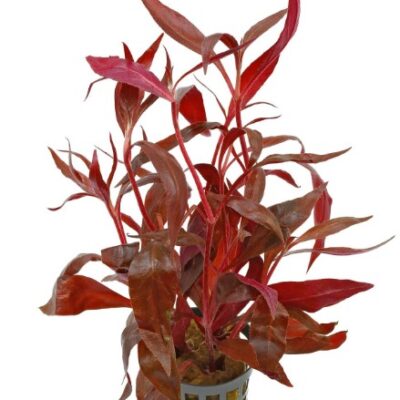

AED 9.50 + VAT
Alternanthera reineckii is a species of aquatic plant in the family Amaranthaceae known as water hedge. Several cultivars are used as ornamental plants in aquaria. It is native to South America. The species populates submerged and semi-aquatic habitats such as marshes, stream banks, and ponds.
-
Sold out!
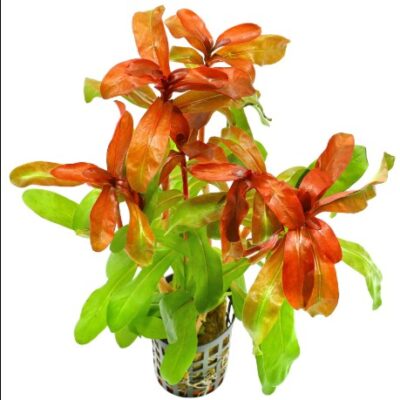
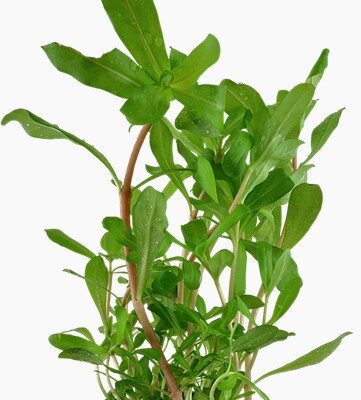
AED 9.50 + VAT
Ammannia gracilis is a species of flowering plant in the family Lythraceae. It is native to Africa. This aquatic plant has a branching, prostrate stem that roots at the nodes. The blunt-tipped, lance-shaped leaves are roughly a centimetre long. When treated with the proper light and nutrients, Ammania gracilis displays wavy leaves that can range from blush red to pale green, depending on the available light and nutrients.Ammania gracilis can be planted into the substrate and grown emersed or submersed. Ammania gracilis will grow best with CO2 levels around 25-30ppm.Soft and acidic water is preferred,
-
Sold out!
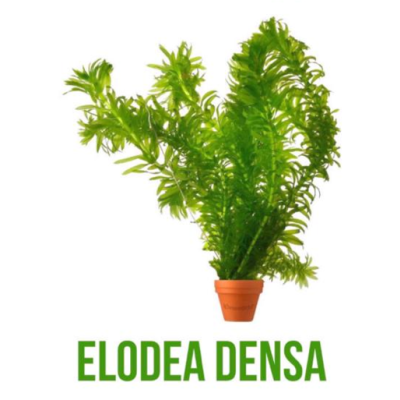
AED 9.50 + VAT
Egeria densa is a good plant for beginners, and its rapid growth helps create a balance in the aquarium from the start. It can also help prevent algae because it absorbs a great number of nutrients from the water. The plant secretes antibiotic substances which can help prevent blue-green algae (a type of bacteria). The growth rate depends largely on the amount of light and nutrition available. Growth does not stop in unfavorable conditions, but the plant turns light in colour and the tendrils grow thin.
-

AED 18.50 + VAT
Anubias barteri var. barteri, named after the plant collector Charles Barter, is a very common, popular aquarium plant, mostly due to its uncomplicatedness.
In its natural habitat this plant grows on and in more or less shady, rapid-flowing rivers and rivulets in south-eastern West Africa. Here it often grows on large rocks or fallen tree trunks, firmly attached, above the waterline or semi-emersed, more seldomly fully submersed.
-
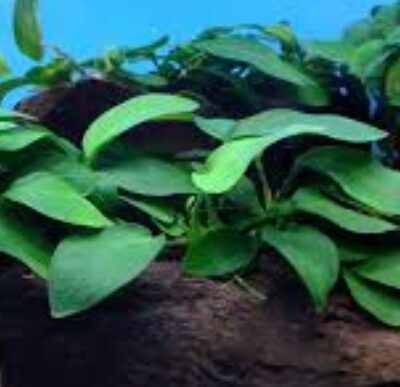
AED 18.50 + VAT
Anubias barteri ‘Narrow Leaf’ (also known as Anubias barteri var. angustifolia) is a slow-growing aquarium plant that’s relatively easy to care for, making it suitable for beginners. Anubias barteri var nana ‘Narrow Leaf’ is an excellent aquatic aquarium plant. Anubias barteri var nana ‘Narrow Leaf’ is similar to the normal type of Anubias barteri ‘nana’, but differs in that the leaves are narrower and the plant is much more compact. This is a great Anubias for a mid to foreground setting that requires heavy planting. Anubias barteri nana ‘Narrow Leaf’ is suitable for cichlids and other demanding environments. Common Name: Anubias nana narrow leaf Family: Araceae Native To: West Africa Lighting: Low – Medium pH: 5-7.0 Growth Form: Spreading rhizome Growth Rate: Slow Placement In Tank: Fore to Midground **Product images are for illustrative purposes only and may differ from the actual product.**
-
Sold out!
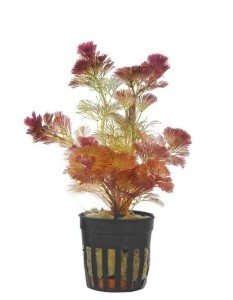
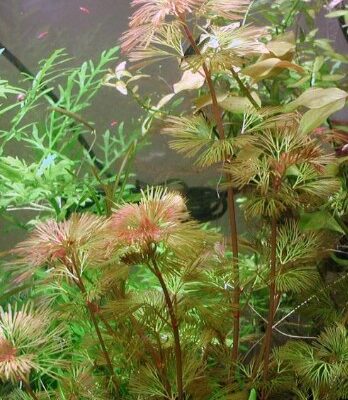
AED 9.50 + VAT
Cabomba furcata, (Cabomba Piauhyensis) also known as red cabomba and forked fanwort, is a rhizomatous, perennial, aquatic herb in the family Cabombaceae native to tropical America. It is used as an aquarium plant. Carbon dioxide addition is usually necessary, mostly because this plant requires high light and regular fertilisation for optimal growth.
-
Sold out!


AED 9.50 + VAT
Cabomba is a very popular aquarium plant from South America owing to its beautiful foliage. It reaches 30-80 cm and each stem can become 5-8 cm wide.
-
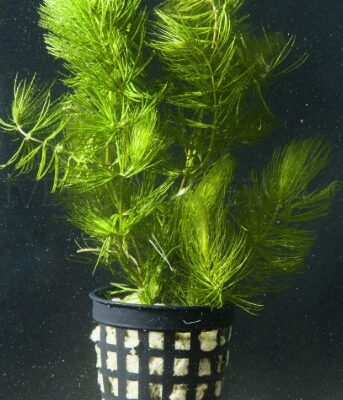
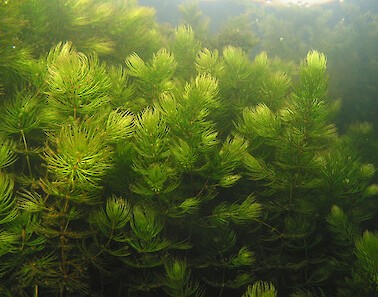
AED 9.50 + VAT
Ceratophyllum demersum, commonly known as hornwort (a common name shared with the unrelated Anthocerotophyta), rigid hornwort, coontail, or coon’s tail, is a species of flowering plant in the genus Ceratophyllum. It is a submerged, free-floating aquatic plant, with a cosmopolitan distribution, native to all continents except Antarctica.
-
Sold out!

AED 9.50 + VAT
Ceratopteris thalictroides is a fern species belonging to the genus Ceratopteris, Ceratopteris thalictroides is widespread across the tropical and subtropical regions of the world, occurring as far north as Japan and as far south as western Australia.
**Product images are for illustrative purposes only and may differ from the actual product. Due to differences in monitors, colors of products may also appear different to those shown on the site**
-
Sold out!
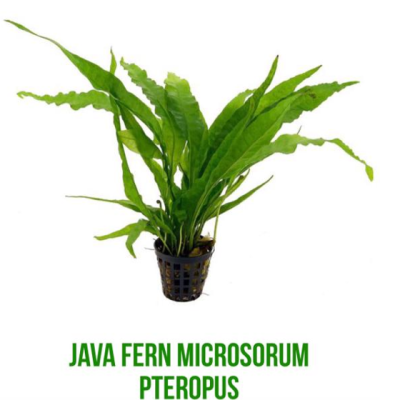

AED 9.50 + VAT
Java Fern is one of the world’s most widely used plants in planted aquariums. It slow growth, unique leaf structure, and reproduction method makes it an aquarium smash hit. Java Fern tolerates most lighting conditions and many environments – from soft acidic water to alkaline conditions, and even brackish tanks!
-

AED 9.50 + VAT
Rotala Macrandra, commonly known as Giant Rotala or Red Rotala, is a popular plant in the aquarium hobby. It is native to Southeast Asia, including countries like India, Thailand, and Malaysia. It is a visually striking plant and is highly sought after by aquarium hobbyists.
**Product images are for illustrative purposes only and may differ from the actual product. Due to differences in monitors, colors of products may also appear different to those shown on the site**
-

AED 9.50 + VAT
The Latin name means “the plant with the round leaves”, but this only applies to the marsh variety, which has circular leaves. Rotala Rotundifolia is a popular and well-recognised stem plant originating from Southeast Asia. It can be characterized by the long delicate stems with thin round vertical leaves shooting out from the side of the stems. When dosing high iron and Plant Food fertilizer, this stem plant can develop an intense red coloration.
-
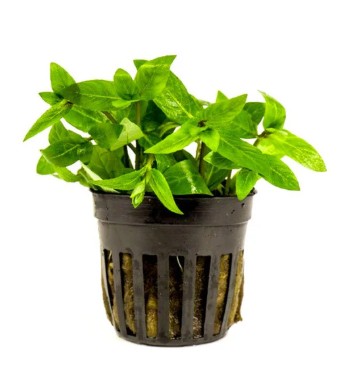
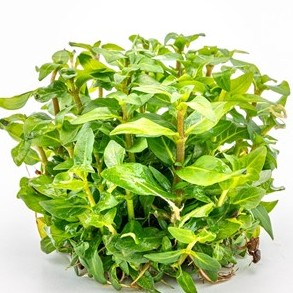
AED 12.99 + VAT
Staurogyne repens is a plant in the family Acanthaceae, native to Brazil and Guyana.It was formally known as Ebermaiera repens. It is widely used as a tropical aquarium plant, where it grows as a bright green carpet at the bottom of the tank.
-

AED 9.50 + VAT
Amazon Sword (Echinodorus bleheri) is a large, beautiful bright green. Needs a rich substrate (root nutrients). This plant is undemanding and beautiful.
-
Sold out!
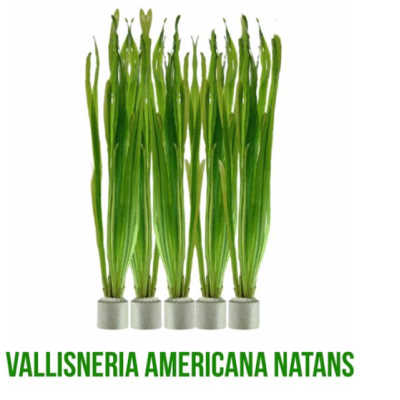
AED 9.50 + VAT
Vallisneria Americana (Vallisneria gigantea) occurs naturally in Iraq, China, Japan, Korea, India, Papua New Guinea, the Philippines, Australia, Canada, the United States, Mexico, Guatemala, Honduras, Cuba, the Dominican Republic, Haiti and Venezuela.Vallisneria gigantea blooms all year and occurs almost always (estimated probability 99%) under natural conditions in wetlands. Long, flattened, ribbon-like leaves arising from a cluster at the base of the plant are minutely serrate with bluntly rounded tips. Leaves grow to 1.5m (5 feet) in length and approximately 1cm (0.4 inch) width. A light green stripe runs down the center of the finely-veined leaves.



















